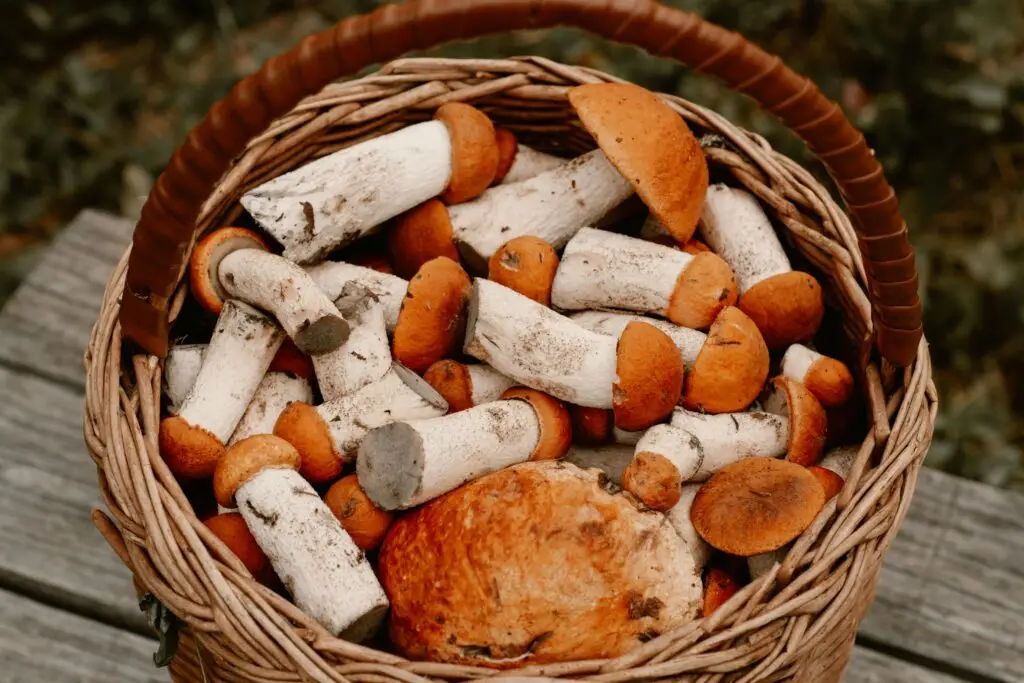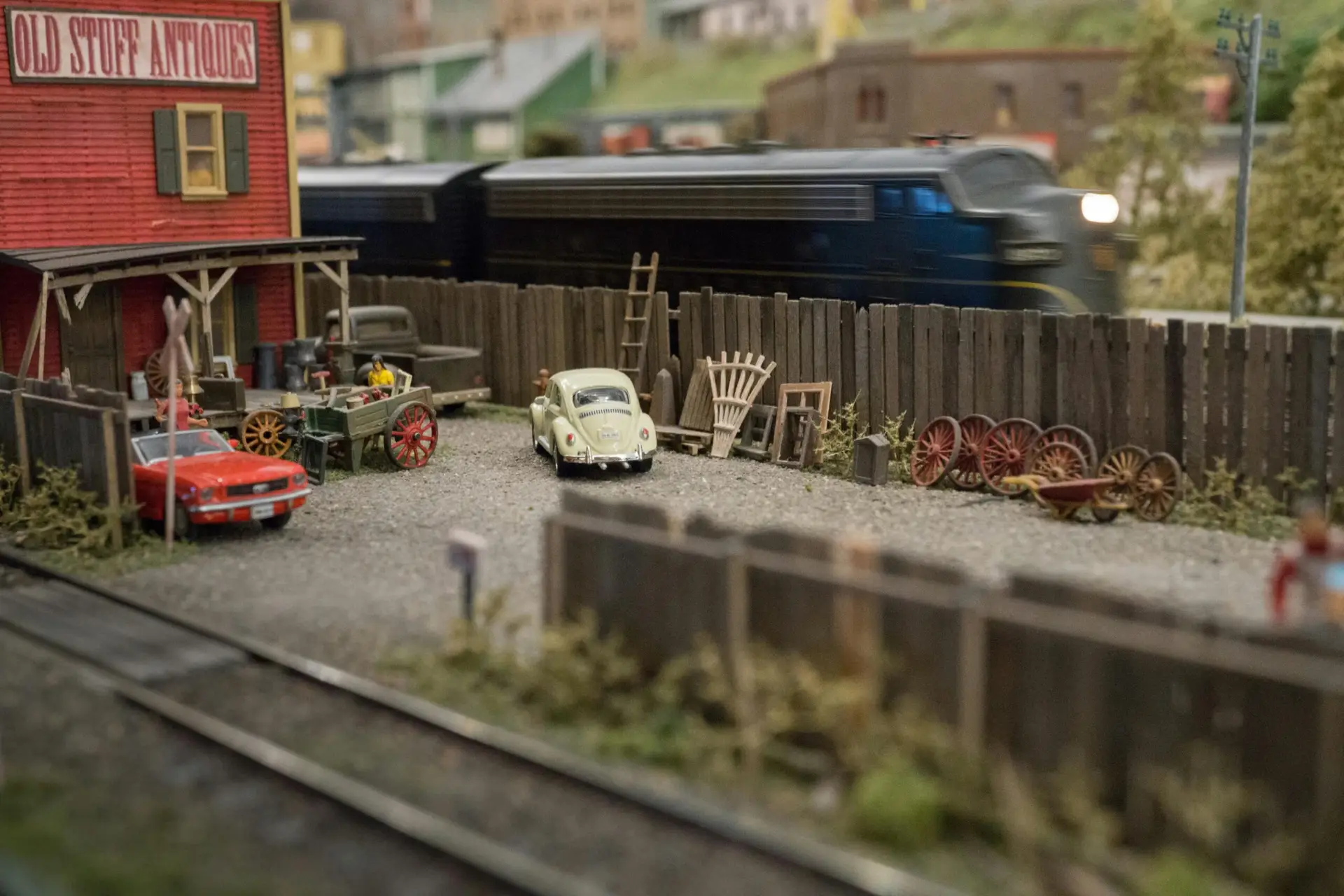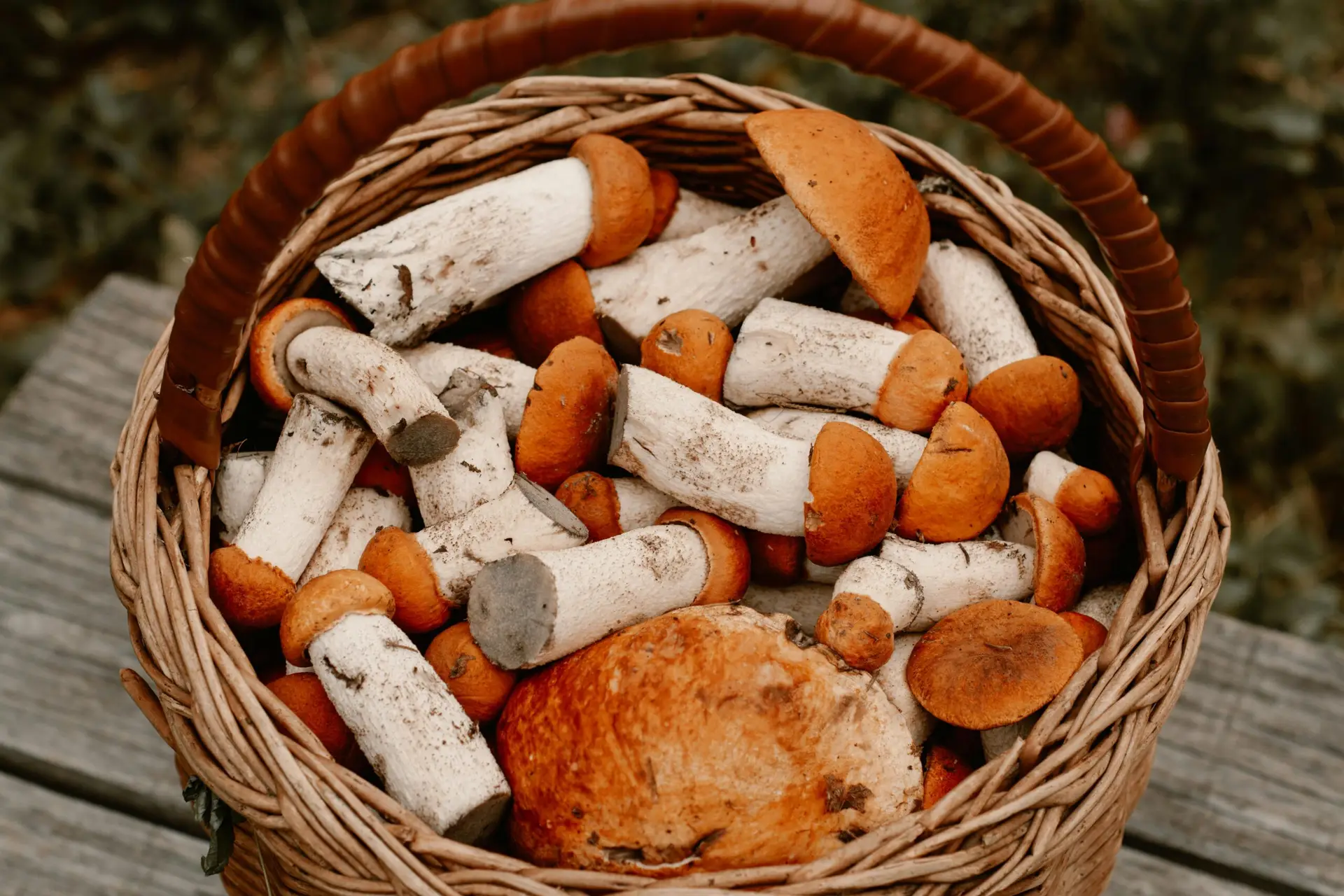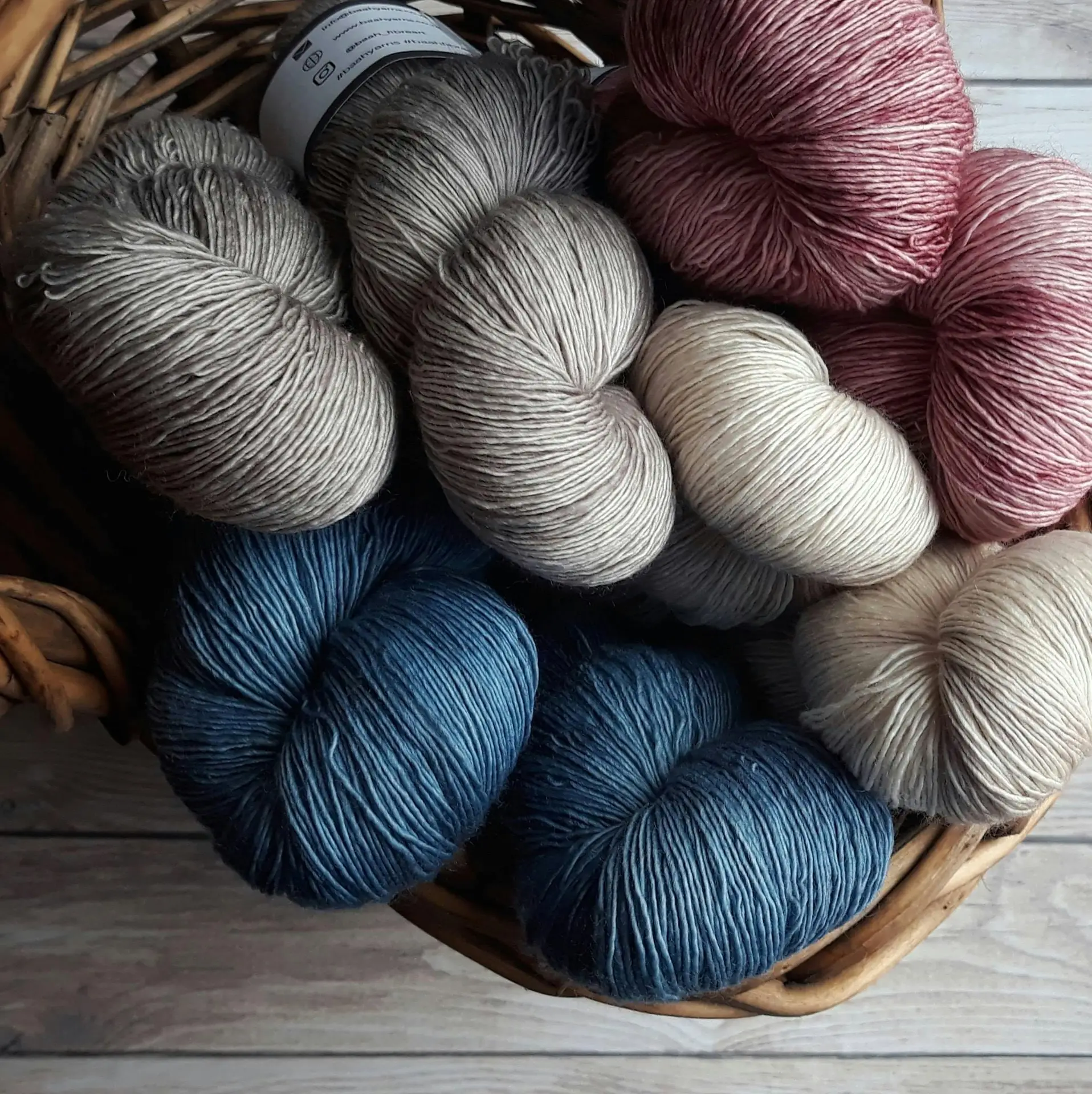Foraging is one of the most rewarding and sustainable hobbies you can take up. It connects you with nature, teaches you about the environment, and provides you with free, fresh, and often incredibly nutritious food. But if you’re new to foraging, it can feel overwhelming. Where do you start? What tools do you need? And how do you stay safe while identifying edible plants? This guide will walk you through everything you need to know to begin your foraging journey.
What is Foraging?
Foraging is the act of searching for and harvesting wild food resources. This can include plants, mushrooms, berries, nuts, and even seaweed. Humans have been foraging for thousands of years, and it’s a skill that’s making a comeback as people seek to live more sustainably and reconnect with nature.
Why Start Foraging?
- Sustainability: Foraging reduces your reliance on store-bought produce and helps you appreciate local ecosystems.
- Health Benefits: Wild foods are often more nutrient-dense than cultivated ones.
- Cost-Effective: Once you learn the basics, foraging can save you money on groceries.
- Fun and Rewarding: There’s something magical about finding your own food in the wild.
How Hard is Foraging to Learn?
On a scale of 1 to 10, foraging is about a 5 in difficulty for beginners. It requires patience, attention to detail, and a willingness to learn. However, with the right resources and practice, it becomes much easier over time.
How Expensive is Foraging?
On a scale of 1 to 10, foraging is a 2 in terms of cost. Most of what you need is free (the plants themselves!), but there are a few tools and resources that can make your experience safer and more enjoyable. Below, we’ll cover the essentials.
Beginner Tips for Foraging
- Start Small: Focus on learning a few easy-to-identify plants or mushrooms. Don’t overwhelm yourself by trying to learn everything at once.
- Safety First: Never eat anything you can’t 100% identify. Some plants and mushrooms are toxic and can be dangerous if consumed.
- Use a Guidebook or App: Invest in a good field guide or download a foraging app to help you identify plants in the wild.
- Forage Responsibly: Only take what you need, and avoid damaging the environment. Be mindful of local regulations and private property.
- Join a Community: Consider joining a local foraging group or taking a class. Learning from experienced foragers is invaluable.
Essential Tools for Beginner Foragers
Here are some items that can help you get started. These are all available on Amazon and are beginner-friendly:
- Field Guidebook:
- Recommendation: “The Forager’s Harvest” by Samuel Thayer
- Why: This book is beginner-friendly and focuses on common edible plants in North America.
- The Forager’s Harvest
- Foraging Basket or Bag:
- Recommendation: Lightweight, breathable foraging basket
- Why: A basket allows air to circulate, keeping your finds fresh.
- Foraging Basket
- Gardening Gloves:
- Recommendation: Durable, puncture-resistant gloves
- Why: Protect your hands from thorns, nettles, and other hazards.
- Amazon Gardening Gloves
- Pocket Knife or Multi-Tool:
- Recommendation: Compact, foldable pocket knife
- Why: Useful for cutting stems, digging roots, or opening nuts.
- Multi-Tool
- Notebook and Pen:
- Recommendation: Waterproof notebook
- Why: Keep track of where and when you found certain plants.
- Notebook and Pen
- Foraging App:
- Recommendation: iNaturalist or PictureThis
- Why: These apps help you identify plants and mushrooms using your phone’s camera.
- https://www.inaturalist.org/
Seek App
Easy Plants to Start With
Here are a few beginner-friendly plants to look for:
- Dandelions: Every part of the plant is edible, from the flowers to the roots.
- Blackberries: Easy to identify and delicious.
- Chickweed: A common weed that’s great in salads.
- Plantain: Not the banana-like fruit, but a leafy green often found in lawns.
- Pine Needles: Can be used to make a vitamin C-rich tea.
Foraging Difficulty and Cost Scale
To help you understand what to expect, here’s a custom scale model for foraging:
| Aspect | Difficulty (1-10) | Cost (1-10) |
|---|---|---|
| Learning to Identify | 5 | 2 |
| Finding Locations | 4 | 1 |
| Safety Precautions | 6 | 2 |
| Tools and Resources | 3 | 3 |
| Environmental Impact | 4 | 1 |
What’s Next?
Now that you’ve got the basics down, it’s time to get out there and start exploring! Remember, foraging is a skill that improves with practice. Don’t be discouraged if you make mistakes—every forager does at first.
If you enjoyed this guide, be sure to check out my other blog posts:
- “Top 10 Edible Plants You Can Find in Your Backyard”
- “Foraging Safety: How to Avoid Toxic Plants and Mushrooms”
- “Seasonal Foraging: What to Look for in Spring, Summer, Fall, and Winter”
- “Foraging Recipes: Delicious Dishes Using Wild Ingredients”
Happy foraging, and stay tuned for more tips and tricks to help you on your wild food journey! 🌿
Sign up for our newsletter here!





